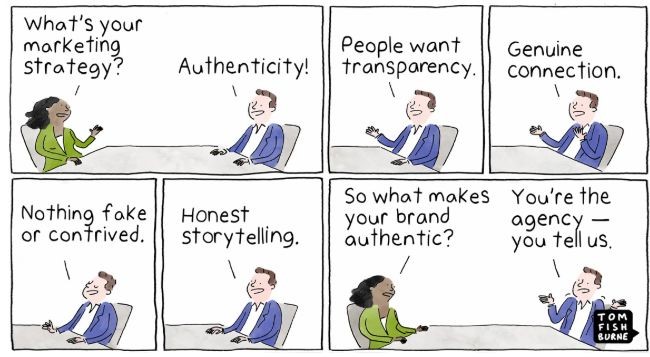Marketing Fatigue Is Real
When Consumers Start Muting Brands, and What Smart Marketers Do About It
2 min read


Open any app on your phone. Scroll through your social feed. Check your inbox. Walk past a hoarding. Watch a YouTube video. Ads are everywhere — subtle, overt, branded, unbranded, influencer-led, AI-generated. They’re in your reels, your podcasts, your DMs. They ask you to buy, sign up, download, follow, subscribe, refer, join, and stay tuned.
And somewhere along the way, your brain starts to tune them all out.
Welcome to the age of marketing fatigue — a silent epidemic where consumers, overwhelmed by constant messaging, start ignoring brands altogether. Not because they hate marketing. But because they’re simply exhausted by it.
In 2025, attention is the most precious resource — not budget, not reach, not even creativity. People are more connected than ever, but they’re also more guarded. They scroll faster, skim more, block more, unsubscribe quicker, and develop what psychologists now call “advertising immunity.” It’s not that your campaign isn’t good — it’s that they’ve seen too many just like it.
This fatigue shows up in subtle but dangerous ways. Lower open rates on emails. Shrinking engagement on social. Rising bounce rates on ads. And perhaps most alarming of all: rising apathy. People don’t hate the brand — they just don’t feel anything about it anymore. That’s worse than criticism. That’s invisibility.
But marketing fatigue isn’t just a consumer problem. It’s a brand problem too. Internally, teams are under pressure to constantly perform. The demand for fresh content, new creatives, viral hooks, and campaign ideas never ends. Burnout among marketers is real. There’s no pause button. There’s just “what’s next?”
So what’s the way forward? How do smart brands survive — and even thrive — in this overstimulated, overcommunicated landscape?
First: stop treating marketing as a volume game. More content does not mean more impact. In fact, it often means the opposite. Great marketing today is less about quantity and more about resonance. Are you saying something original? Is your content actually useful, inspiring, funny, or memorable? Or are you just checking a content calendar box?
The second strategy is to build depth over breadth. You don’t need everyone’s attention. You need the right people’s attention. Micro-communities, niche creators, and intimate conversations are outperforming mass-media tactics. A WhatsApp community of 200 engaged users might drive more business than 20,000 Instagram followers who are just scrolling past you.
Third: be brave enough to take a breath. Not every week needs a campaign. Not every product needs a push. Sometimes, the most powerful move is silence — to pause, listen, and recalibrate. Brands that speak only when they have something worth saying stand out more today than those who never shut up.
And finally, be real. In a landscape flooded with filtered messages, authenticity is your only edge. If your product isn’t perfect, say so. If your founder made a mistake, share what they learned. If your team is celebrating a small win, don’t wrap it in jargon. Let people see the brand behind the branding.
Marketing fatigue is real — but it’s also an opportunity. It’s a chance to return to the roots of what makes great marketing work: clarity, connection, creativity, and courage.
In a world where everyone is trying to grab attention, maybe the real winners will be those who earn it slowly — and keep it through honesty, not volume.
